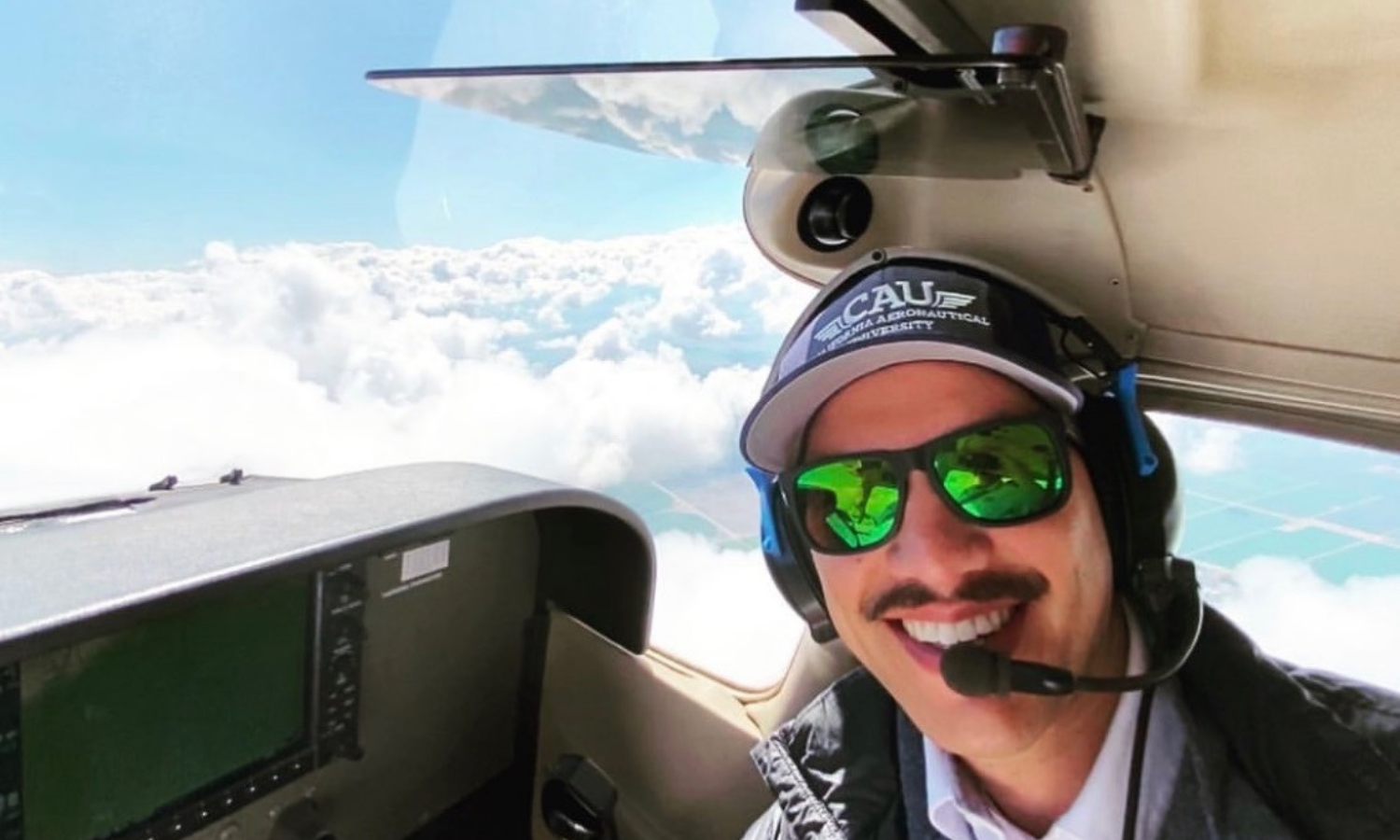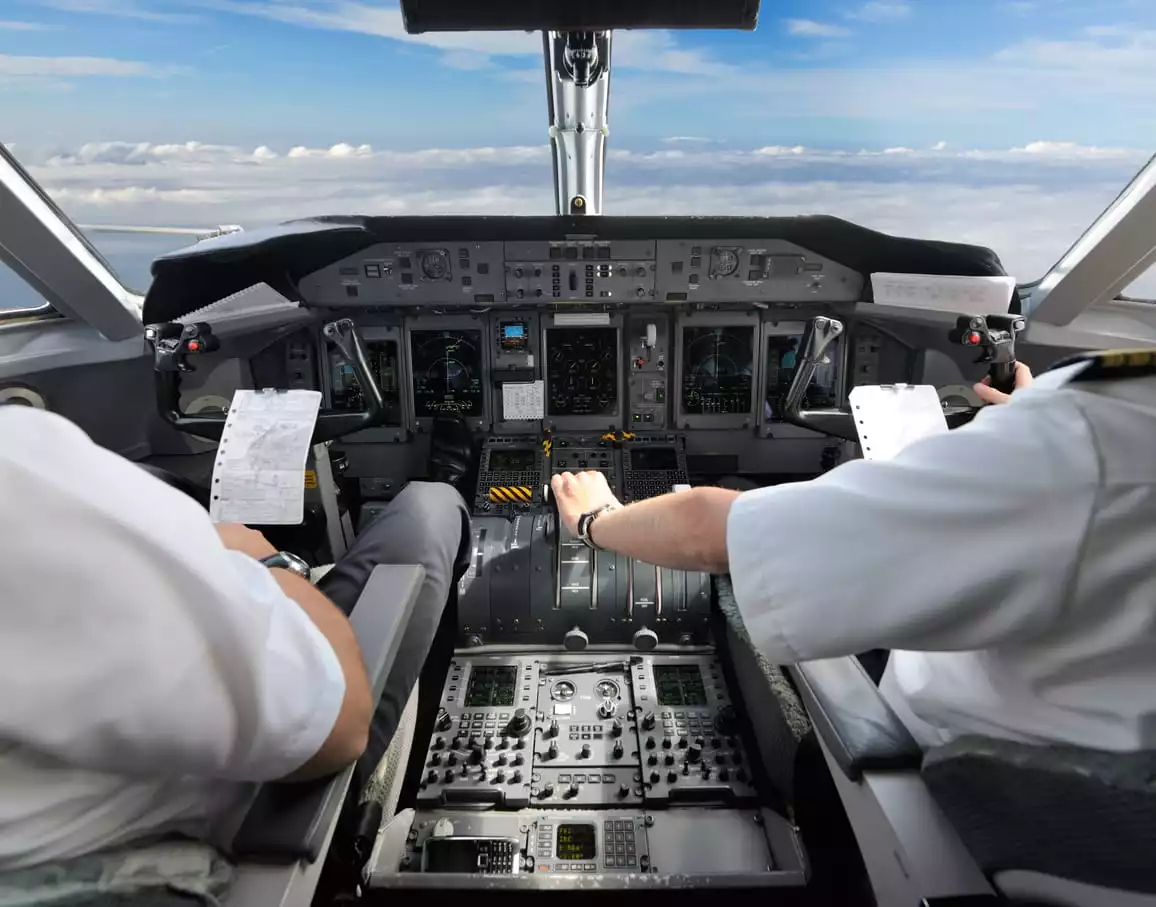In commercial airline flights these days the cabin where the pilots are located is always locked up and secured, allowing the pilot and co-pilot to fly the plane without distractions. The same is not true when you look at a small plane situation with the cockpit open to the rest of the smaller craft.
Let’s delve into the world of small-cockpit life for a little while. For the most part, we will take the pilot’s perspective and let most of the other passengers fend for themselves.
The Human Factor
A person exhibiting poor decision making in a private plane’s cockpit can be downright dangerous. Life-threatening, in fact.
Those who have experienced the privilege of sitting in the front seat during a flight in such an airplane have lots of special access, but some of those accessible things can be bad news. It’s truly special to be able to see out the front windscreen of the cockpit and to watch the pilot do his or his thing, but some passengers decide that it’s also okay to touch switches, to mess with controls, and to do even more stupid things while airborne.
A typical good passenger briefing includes noting that that they shouldn’t touch anything unless they check with the pilot first to ensure that what they want to touch is safe. That briefing is not always effective.
An example is of a physician-passenger who got that briefing, then, while the pilot was pre-flighting the airplane (checking it out on the ground to help ensure that all systems are in good shape), the doctor went to the propeller and spun it. WHAT? If the mags (magnetos) had been energized, that spin could have started the engine and, among other horrors, could have cut the arms or the face off the man who spun the prop. So regardless of the safety briefing, there is no guarantee that a person will act intelligently around the plane. We need to keep an eye on all passengers, especially while outside the airplane or when a passenger is sitting in the right seat.
There is also the electronics whiz, again a passenger in a light plane, who kept peppering the pilot with technical questions about the instruments. In particular, he was interested in the avionics. Avionics are instruments that depend on electricity; they are typically more interesting and more complex than those that have no electrical forces operating within them, and he knew it.
The trouble was that this man diverted the attention of the pilot considerably and became a slight safety issue in the cockpit.
When Babies Fly In The Cockpit
One of the greatest compliments the pilot of a private plane can receive is when a baby or a very young child falls asleep in the cockpit. The implication is that the child is happy, unafraid, content, and probably tired, too. While the airplane moves us closer to “heaven,” the baby’s wonderful complacency bumps us even a bit closer, too.
The FAA (Federal Aviation Administration) permits babies to fly without seat belts, although they would prefer, reasonably, that the child be in an FAA-approved Child Restraint System. They’re called “lap babies,” and they can be cute little buddies, but also pose problems when flying.
Unrestrained, they may attempt to crawl around or somehow get lose in the cockpit and serve as a distraction that is unneeded when trying to keep a plane airborne.
If you fly with babies, keeping them in the rear seats is a good idea, but even better is to keep them in FAA-approved car seats, belted into those back seats. Safety is always a welcome passenger in airplanes.
Let’s look for a moment at the other side of this coin. In a fine article in the March, 2018 issue of AOPA Pilot (Deener, 2018), Sarah Deener tells the story of a perfectly-executed flight with her husband and their one-year-old daughter from Frederick, Maryland to Put-In-Bay Airport in Ohio. Flying with a baby in the cockpit can be done with aplomb.
Please note: Infants flying without seat belts must be held by their parents or escorts. Also, FAA-approved child restraint seats are not the same thing as NHTSA-recommended or -approved automobile seats.
Pets In The Cockpit
Is it a good idea to fly with a pet in a private plane? Sure. But we need to be aware of some things, and to take rightful action to keep things safe.
All of the potential issues with a non-restrained baby in the cockpit are intensified with non-restrained pets. Dogs, cats, and snakes are more likely to creep beneath the rudder pedals, jump onto the pilot’s lap, make noises loud enough to interfere with radio communications (well, maybe not snakes), hit controls (like the flap lever), and generally endanger a flight.
The solution is to ensure that the pet is restrained and, if possible, has someone to help quiet it down if it begins a tirade.
Of course, pets cannot tell you what’s wrong, but their ears can have problems during a quick descent or, in some cases, even in a quick climb. So being particularly-sensitive to the potential for causing this type of ear pain would be a fine practice as an aviator.
Aeronautical Visitors: A Little Planning Goes a Long Way
If you or a buddy are renting the airplane, it will also be important to confirm with the renting agency or person that pets are permitted in the cockpit. It could be costly if you don’t check first.
We have been considering various kinds of human and non-human passengers in private planes, and we have seen that each type has both potential advantages and sometimes severe potential disadvantages. A little awareness of their proclivities can go a long way toward helping ensure a safe flight.
Ready to soar in your aviation career?
Mr. Matthew A. Johnston has over 23 years of experience serving various roles in education and is currently serving as the President of California Aeronautical University. He maintains memberships and is a supporting participant with several aviation promoting and advocacy associations including University Aviation Association (UAA), Regional Airline Association (RAA), AOPA, NBAA, and EAA with the Young Eagles program. He is proud of his collaboration with airlines, aviation businesses and individual aviation professionals who are working with him to develop California Aeronautical University as a leader in educating aviation professionals.



